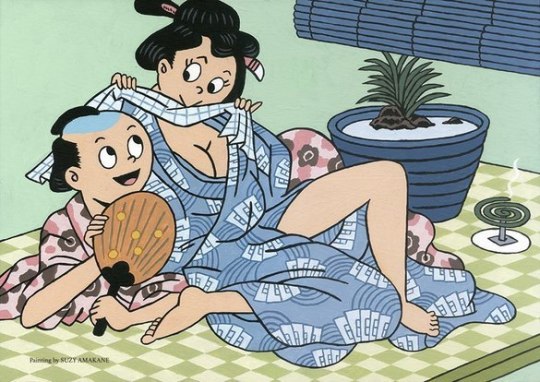#suzy amakane
Photo

ウワサを追いこせ!-未確認アイドル流言報告
石丸元章
宝島COLLECTION
JICC出版局
カバー=スージー甘金
#ウワサを追いこせ!-未確認アイドル流言報告#ウワサを追いこせ!#gensho ishimaru#石丸元章#宝島collection#suzy amakane#スージー甘金#anamon#古本屋あなもん#あなもん#book cover
213 notes
·
View notes
Text

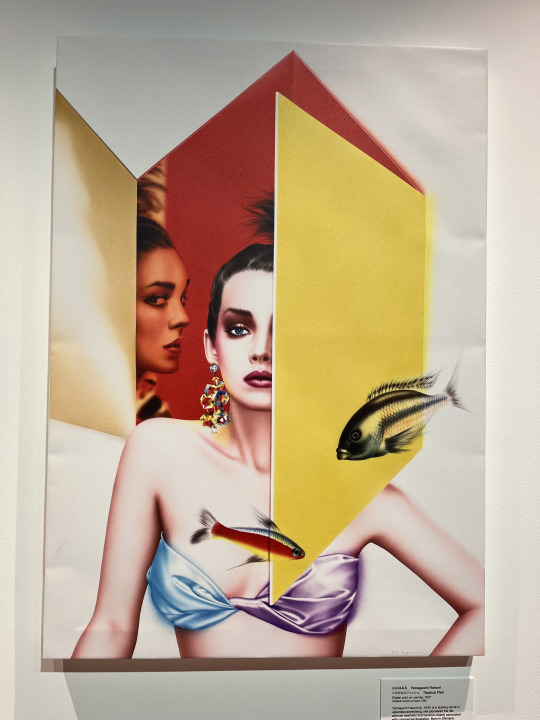


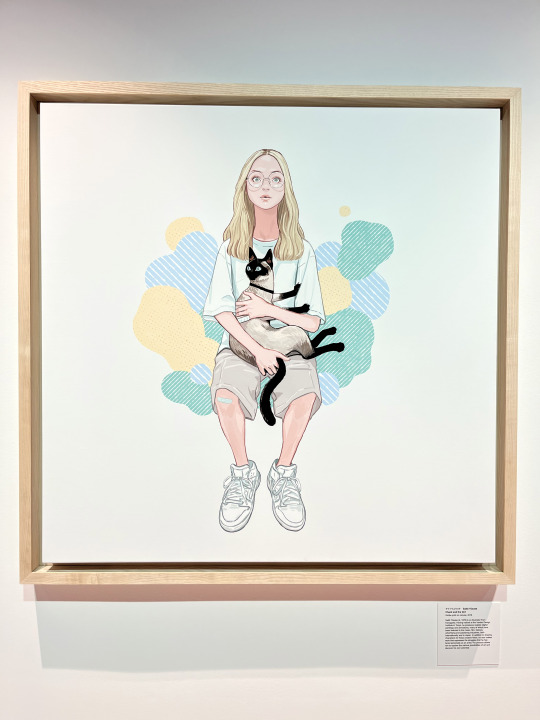

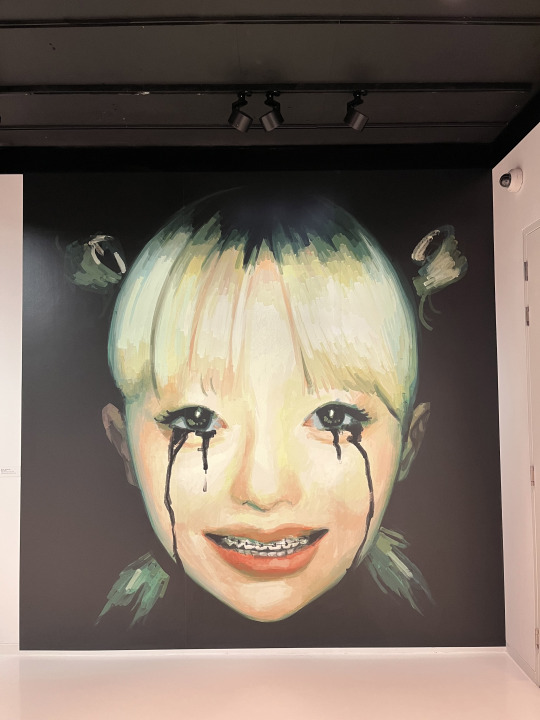

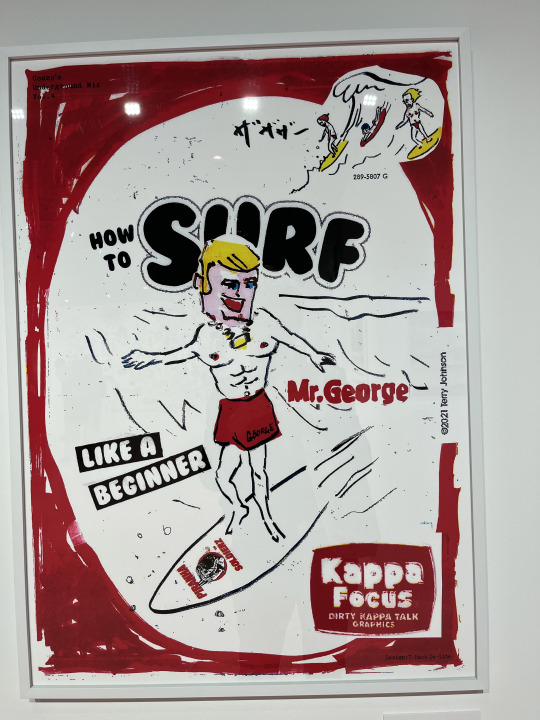
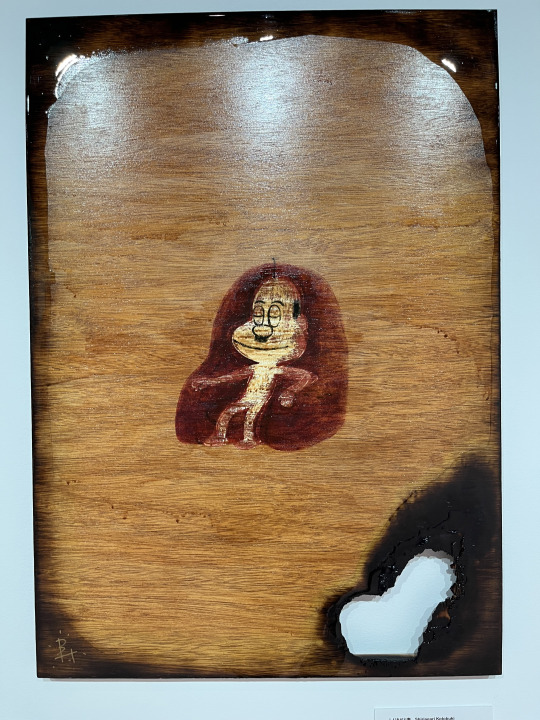
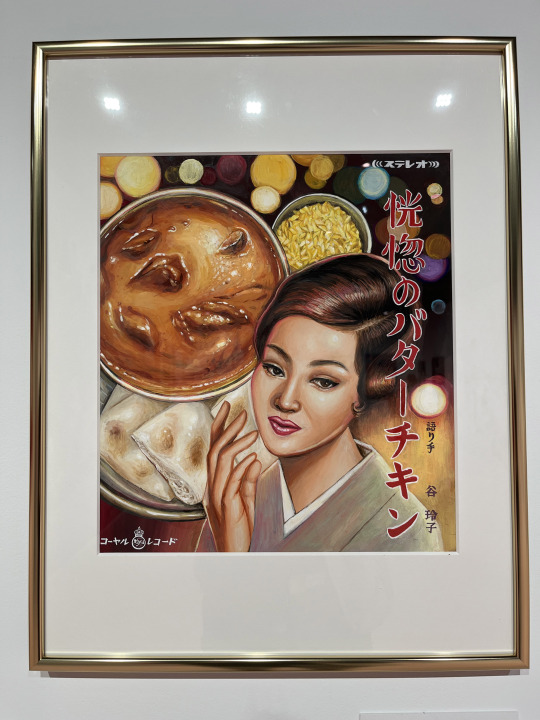
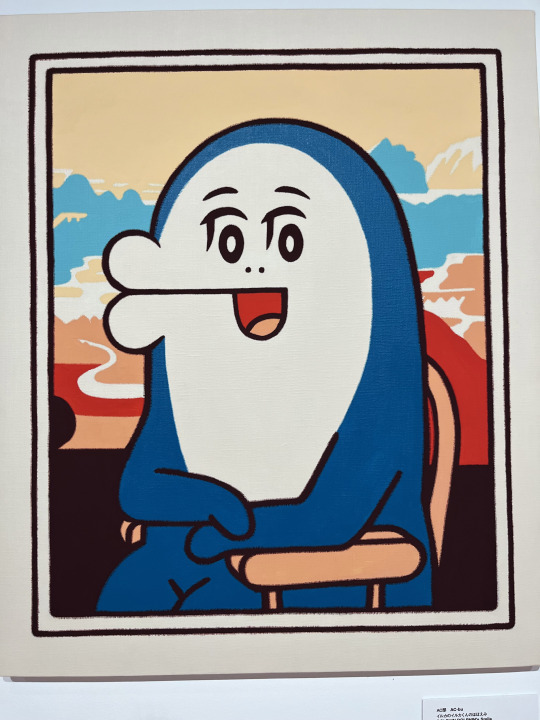


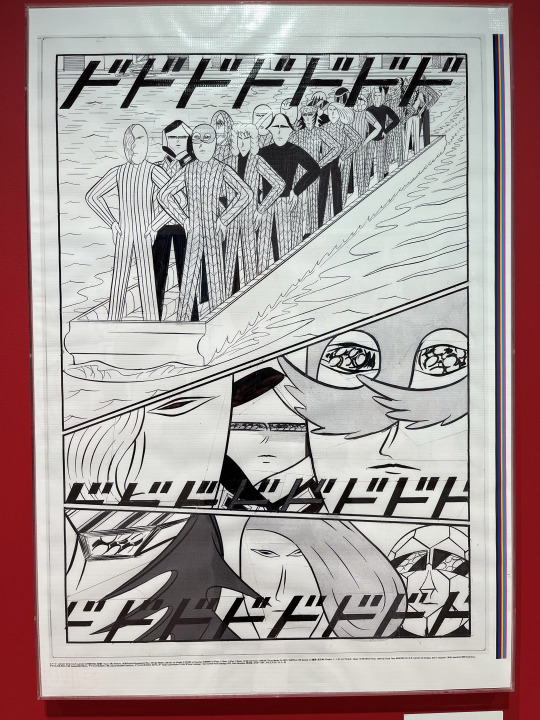



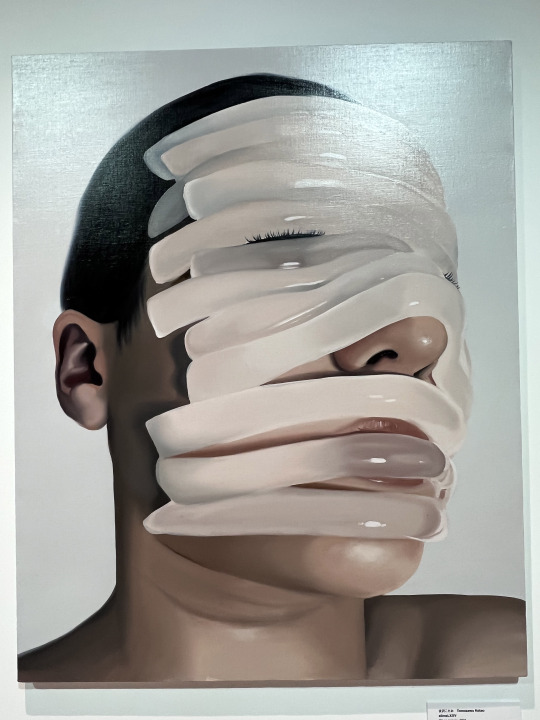


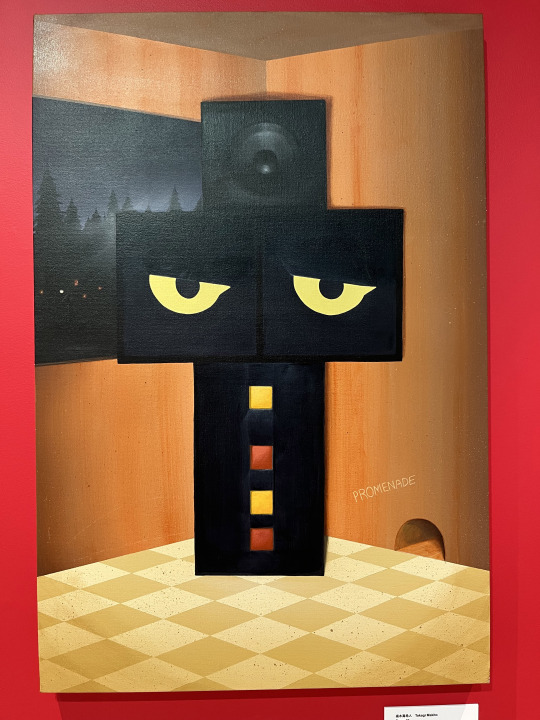



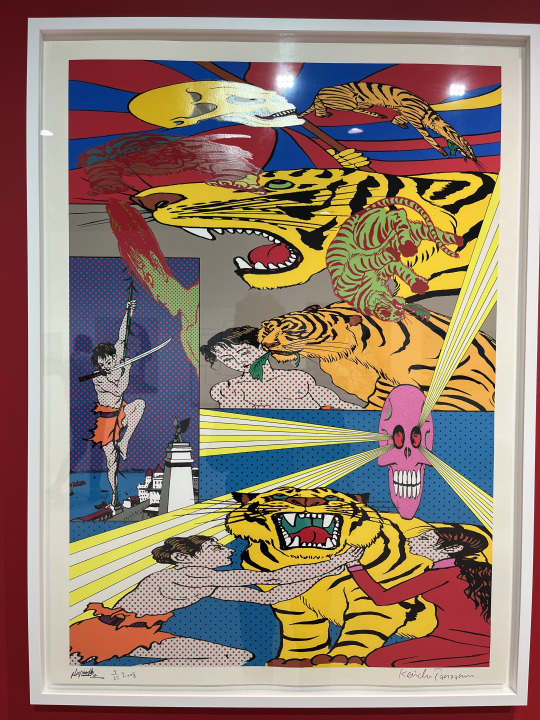
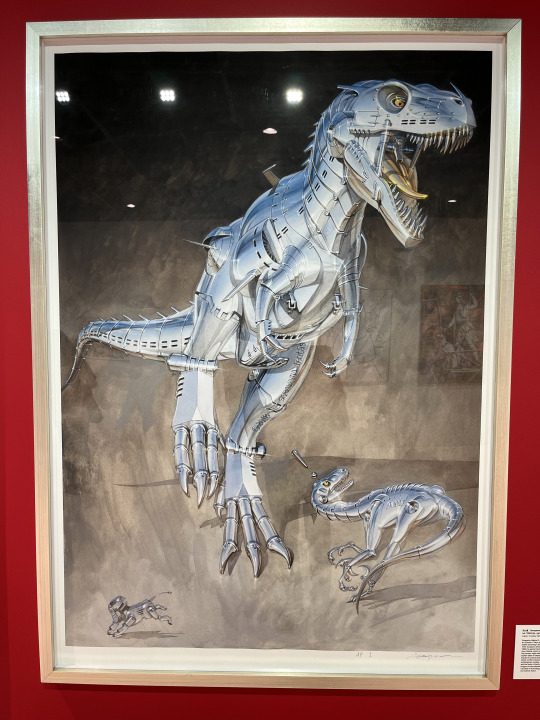

WAVES : Currents in Japanese Graphics show at Japan House in London. In this post are works by Uno Akira, Yamaguchi Harumi, Shichinohe Masaru, Terada Katsuya, Saito Yusuke, Urya Taro, Yukushita Mayu, Suzy Amakane, Yumura Teruhiko, Shiriagari Kotobuki, Yoshioka Rina, AC-bu, Jenny Kaori, Utsonomiya Nao, Yokoyama Yuichi, Kusuriyubi Sasaku, Ushiki Masanori, Face Oka, Tomozawa Kotao, Kakuda Mayu, Jun Oson, Takagi Makito, Takei Chika, Tanaami Keiichi (x3) and Sorayama Hajime (X2)
#Japan House#Japanese Graphics#Uno Akira#Yamaguchi Harumi#Shichinohe Masaru#Terada Katsuya#Saito Yusuke#Urya Taro#Yukushita Mayu#Suzy Amakane#Yumura Teruhiko#Shiriagari Kotobuki#Yoshioka Rina#AC-bu#Jenny Kaori#Utsonomiya Nao#Yokoyama Yuichi#Kusuriyubi Sasaku#Ushiki Masanori#Face Oka#Tomozawa Kotao#Kakuda Mayu#Jun Oson#Takagi Makito#Takei Chika#Tanaami Keiichi#Sorayama Hajime#contemporary art
40 notes
·
View notes
Text
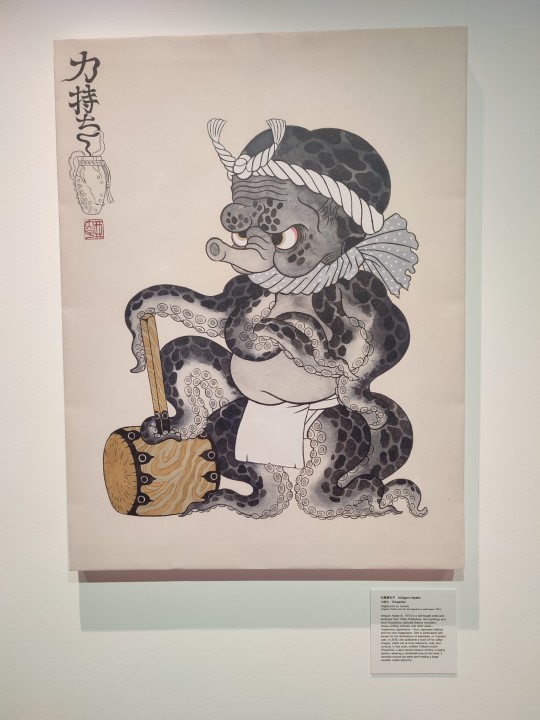


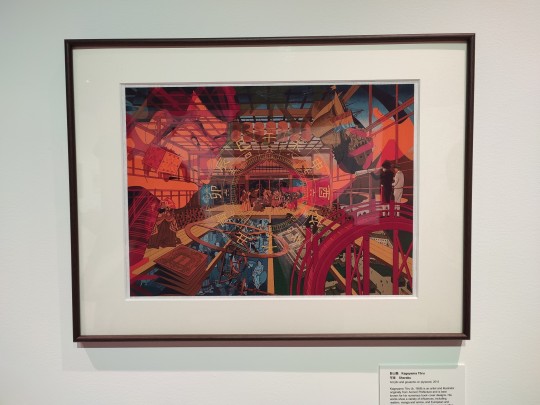
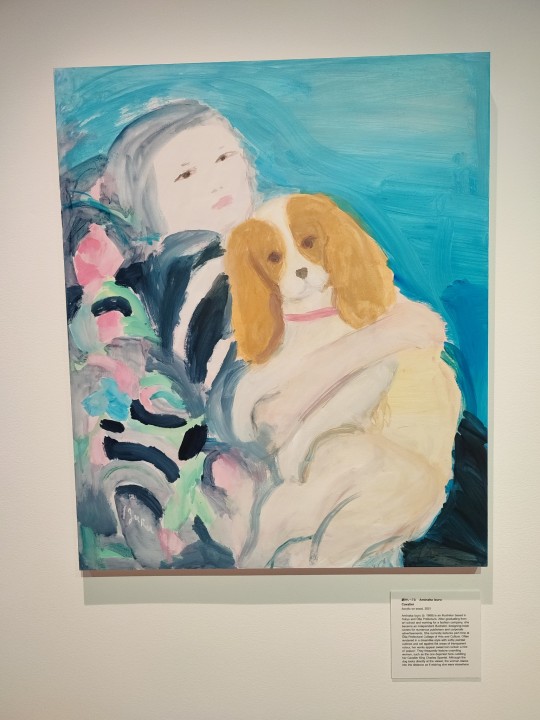
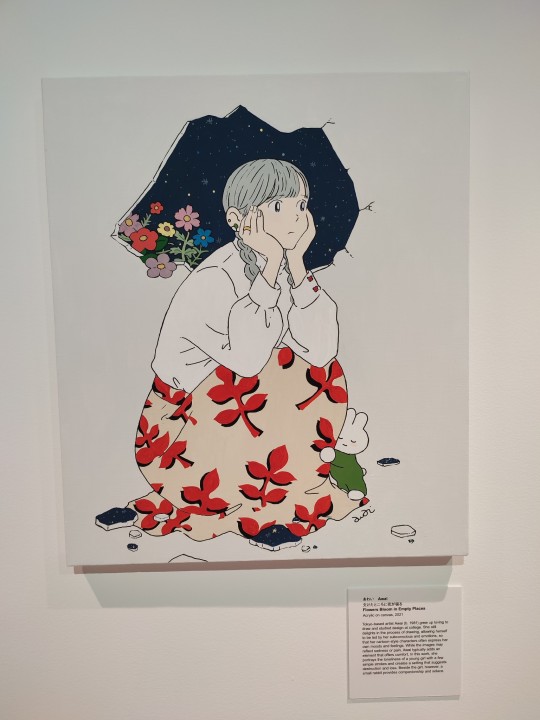
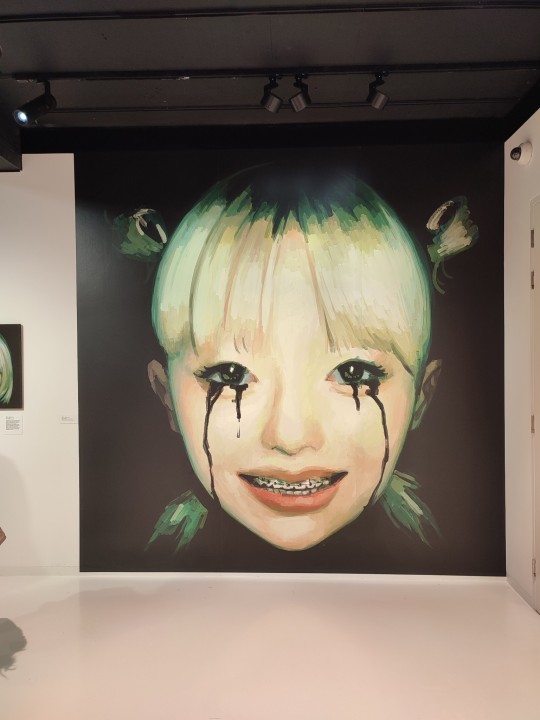
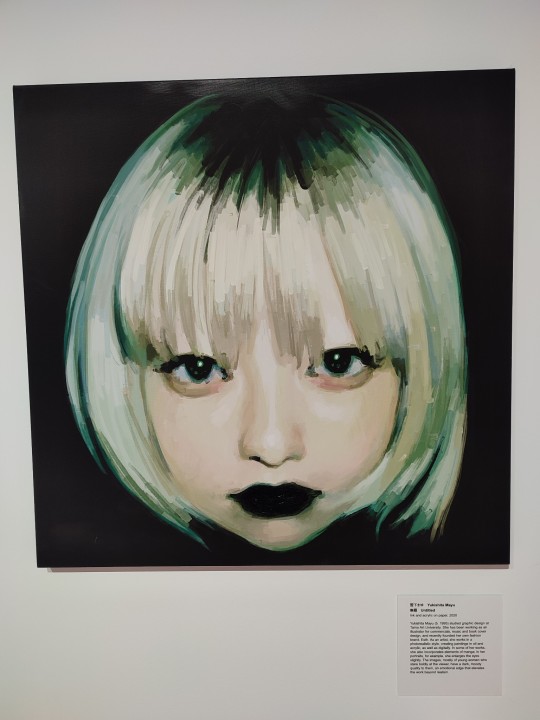
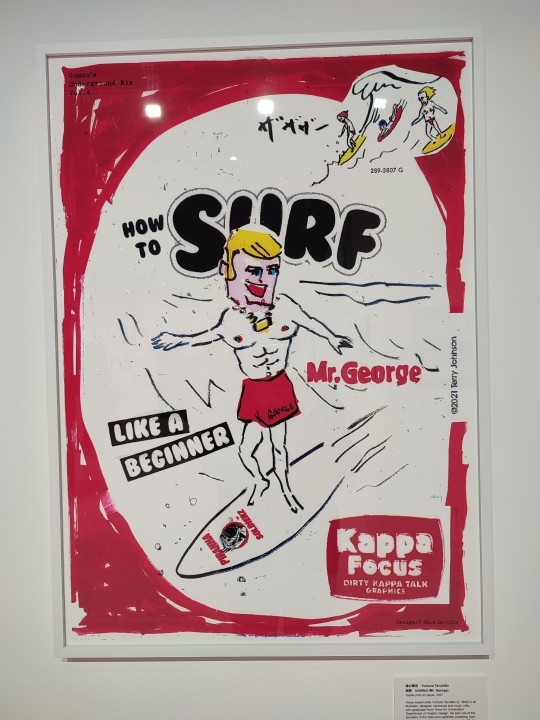
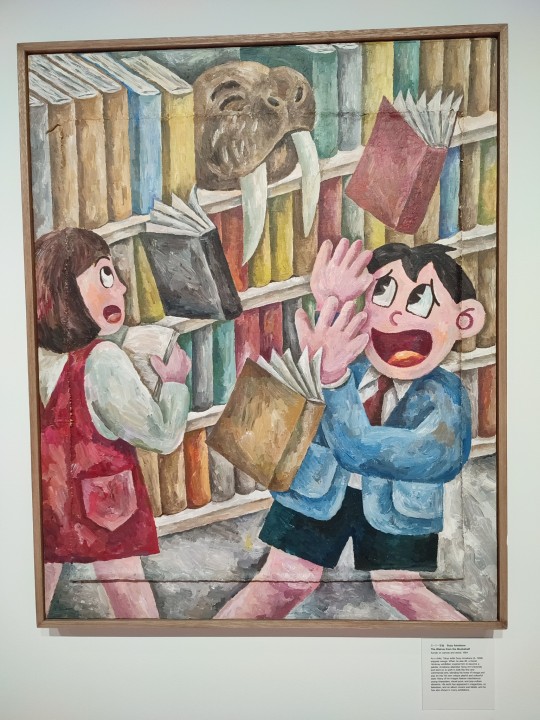
Wave: Currents in Japanese graphic arts exhibition 2/7.
#wave currents in japanese graphic arts#ayako ishiguro#kintaro takahashi#taro uryu#toru kageyama#izuru aminaka#awai#mayu yukishita#teruhiko yumura#suzy amakane#japan house#photography#london#exhibition
0 notes
Text
The Heta-Uma Appeal

Garo 1982 September Issue with cover art by Yumura Teruhiko
Heta-uma. 'Heta' as in 'bad', 'umai' as in 'good'. Not officially recognised as an art movement, the wave of manga/art/illustrations that kicked off in the 70s were seen as being "so bad it's good". There are a number of different ways to describe heta-uma, with terms like "unskilled" and "ugly" being used to categorise the rough look of the art. Check out this highly detailed and informative article from Sabukaru for more on its history!
If you're wondering who pioneered the craze and led the charge, look no further than three artists deemed to be the most influential and notable: Yumura Teruhiko, Ebisu Yoshikazu and Takashi Nemoto. Garo was a platform that allowed these artists to spread the name and fame of their crude and raw drawings, often featuring gritty and vulgar subject matter. Heta-uma is a style that rejects the norm and pushes outside the box for new ways of expression, going against standards to evoke new reactions in readers. It aims to leave you laughing, gagging in disgust and everything in between with its sheer variety of storytelling. You can find gag manga, comedic shorts and satire. You can find political and social commentary veiled underneath raw and seemingly shallow drawings. It's a style that I honestly took me awhile to get into, but my appreciation slowly began to accelerate as I dived into alternative manga, especially mangaka like Ebisu.
Ebisu Yoshikazu: First Exposure
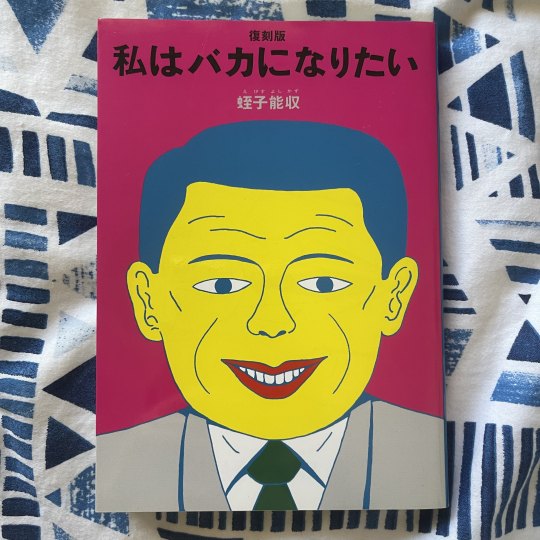
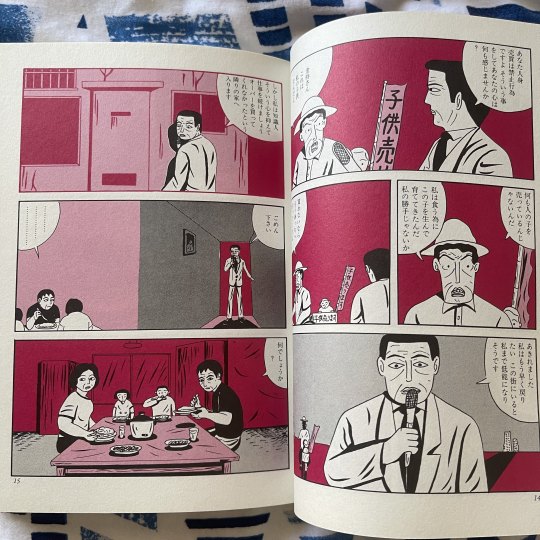


My very first read from Ebisu was a book titled "I Wish I Was Stupid" (Watashi wa Baka ni Naritai), now being released in English by Breakdown Press, an extremely exciting occasion for alternative manga fans. As far as I know, there are few heta-uma mangaka with an official English book, one being Hanakuma Yuusaku with his "Tokyo Zombie" published by Last Gasp in 2008. Takashi Nemoto also had his "Monster Men: Bureiko Lullaby" published in English by Picture Box in 2008. At the moment, Ebisu's "The Pits of Hell" by Breakdown Press is also being reprinted, so I'd hope that demand is high enough for more heta-uma exposure to the English market. There are also alternative manga anthologies like "Ax (Vol 1): A Collection of Alternative Manga", "Sake Jock", and "Comics Underground Japan" that feature heta-uma mangaka and artists like Suzy Amakane and Carol Shimoda amongst others.
But back to Ebisu. I was again exposed to his works via a haul video by Shawn from Japan Book Hunter, and the cover of the manga was enough to get me interested. The book is raw, disgusting, incredibly vulgar and in-your-face with its crazy drawings on confronting subject matter. It blends dark humour with satire on Japanese society extremely well, all supported by rudimentary character designs of salarymen, housewives and naïve children. I loved the weirdly random and surreal settings that feature UFOs flying in the sky, coupled with the desolate backgrounds that emphasise the other-worldliness of Ebisu's work. Its content is extreme, and it left such a lasting impression on me that I had to explore further into the world of heta-uma. I picked up "The Pits of Hell" after that, and am definitely planning to get more Ebisu books in the future.
AX Magazine: A Bigger Picture
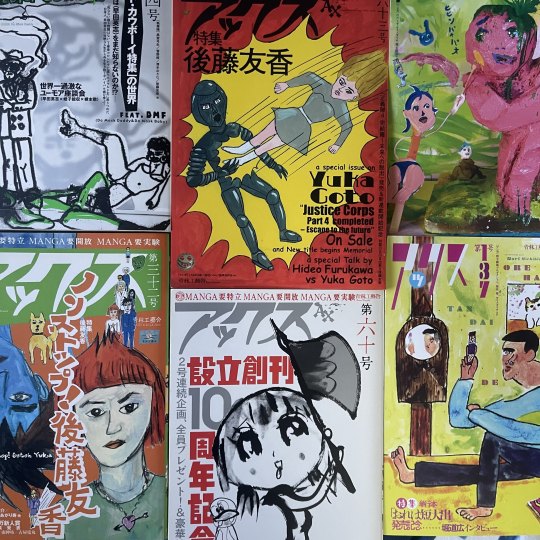
Assorted AX issues featuring heta-uma artists Takashi Nemoto, Goto Yuka, Shiriagari Kotobuki, Family Restaurant and Hori Michihiro
After discovering Ebisu, I had bought myself a whole stack of AX issues, opening up a whole new world of more contemporary heta-uma. This is where I became addicted to artists like Goto Yuka, Shiriagari Kotobuki and Family Restaurant, all centred on more a more comedic/gag style of manga. I still have a long way to go in terms of reading up on all the wonderful heta-uma out there, so I would say I'm still only on the first couple of steps in. One of my favourite heta-uma works that I'm still reading at the moment is Goto's "Justice Corps" (Seigitai), a gag manga following a group of vigilantes fighting to protect the city from monsters and villains. It's a pretty simple premise, but the slapstick humour combined with very rudimentary drawings gives off a nostalgic kids-show vibe. Addicting, straightforward and fun.



Justice Corps vol 1 by Goto Yuka
Shiriagari's "Jacaranda" is another amazing story that follows the violent and chaotic destruction of a city and its subsequent rebirth. The manga begins with a woman on a train brutally beating an old man for accidentally leaning on her shoulder as he struggles to stay awake. Nobody tries to do anything to help, a common critique of passivity in Japanese society that you can find in lots of other manga. Over the course of the story, the city is ravaged by a giant Jacaranda tree that sprouts and destroys the entire landscape, massacring the people around it as buildings topple and fires burn. The art is intense and the civilian deaths are brutally depicted through most of the book. Though, the end result is that of a blooming Jacaranda tree that towers over the city, hailed and prayed to by the survivors. There is little dialogue with most of the sound dominated by screams and onomatopoeia, but Shiriagari's raw and rough art style very much lends to a violent story like this. You can interpret the narrative in many ways, with one observing the first event of the woman's violence on the train as a karmic catalyst to the Jacaranda sprouting. This book is a good example of how the heta-uma style can also lean towards quite sincere and more serious works, a great display of versatility.




Jacaranda by Shiragari Kotobuki
Although, I must say that not every heta-uma work I've read is a favourite for me. "Jacaranda" is, in my opinion, an amazingly raw and hard-hitting work, but Shiragari's "Twin Adults" (Futago no Oyaji) series is very much a hit or miss. You can find individual chapters throughout many of AX's early issues, and there are also tankobons that collect all the stories into one book. The series features two twins arguing and playing, both up to whatever antics they may be up to, but not many of them land for me personally. On a different topic, Takashi Nemoto's subject matter is also a bit too raunchy for my tastes. I appreciate his art style as a whole and actually really love some of art that don't feature extremely explicit imagery, but the usual abundance of the dirty stuff isn't for me.


Left: Takashi Nemoto page from Garo 1983 April / Right: "Futago no Oyaji" from AX vol 8
The King Terry Obsession: Present Time


Various 1983 Garo issues featuring cover art by Yumura Teruhiko
Yumura Teruhiko. King Terry. Terry Johnson. Flamingo Terry. My current artist obsession. The artist is a man of many names. King Terry is attributed as the founder and pioneer of the heta-uma movement from the 70s and onwards with his "artfully artless" illustrations, a quote from Ryan Holmberg which I find is an extremely fitting description. You can find his article below!
King Terry mainly drew illustrations and has only put out one manga in his career, "Penguin Rice", where he drew the art for a story written by Itoi Shigesato for Garo in 1976. I haven't found a copy of it yet, but my eyes are always on the lookout for it. But for now, I'm satisfied with the various Garo issues he'd illustrated covers for, all of them addicting to look at. Yumura had illustrated all the covers for Garo's 1977 issues, reappearing and staying as the physical face of the magazine from 1982-87. He's an artist that has grown on me over time, and I can't give a clear reason why, but it's very much tied in with my love for alternative manga.
And that's pretty much my experience with the wonderful world of heta-uma. To conclude, I want to have one last section about an event that I feel was an extremely important one for heta-uma and alternative manga fans outside of Japan.
Heta-Uma Mangaro: Le Dernier Cri Exhibition
Le Dernier Cri, a French publishing house headed by Pakito Bolino, is your one-stop destination for underground and alternative art that thrives outside of the mainstream. They sell high quality silkscreen prints, books and posters from many Japanese artists and mangaka, many of whom I've talked about before. In 2014, Bolino and Taco Che owner Ayumi Nakayama curated an extensive collection of works from Japanese artists in the double exhibition "Heta-uma Mangaro", a gallery of 40 years of Garo and heta-uma history. There was a catalogue book released for the event that is long OOP, but I'm still patiently waiting for one to pop up sometime soon. But having such a large event specifically for alternative manga and heta-uma is an amazing feat that I hope will inspire bigger and more frequent exhibitions like these. Thanks for reading!
#manga#hetauma#alternativemanga#manga recommendation#art review#manga art#manga panel#japanese culture#japanese history#contemporaryart
5 notes
·
View notes
Photo


Back and Front Cover from Ganbare Goemon 2: Kiteretsu Shōgun Magginesu (SFC/GBA) Konami Special Book.
Art by Suzy Amakane.
(Submitted by Jojjua)
14 notes
·
View notes
Photo

bombkat 100 (1996) suzy amakane
0 notes
Text
Bête Noire - Various

Bête Noire is an international comics anthology published by Fantagraphics Books. While planned to be four issues, only the first issue was published.
The first issue featured the following artists:
Suzy Amakane (Japan)
MS Bastian (Switzerland)
Frédéric Coché (France)
Ichiba Daisuke (Japan)
Adam Dant (United Kingdom)
Ludovic Debeurme (France)
Lucie Durbiano (France)
Quentin Faucompré (France)
Anke Feuchtenberger (Germany)
Reijo Karkkainen (Finland)
Peter Köhler (Sweden)
Ben Jones (United States)
Olaf Ladousse (Spain)
Junko Mizuno (Japan)
Morgan Navarro (France)
Takeshi Nemoto (Japan)
Helge Reumann (Switzerland)
Caroline Sury (Japan)
Henriette Valium (Canada)
Fabio Viscogliosi (Italy)
F© + Witko (France)
Yuichi Yokoyama (Japan)
Mangaupdates
Download



18 notes
·
View notes
Text
heta uma
AMAKANE Suzy – BAKI BAKI – EBISU Yoshikazu – FUKUSHI Chihiro – Fumics Pyoshifumix – GOTO Yuka – HAMADARAKA – HAMAGUCHI Sakurako – HANAKUMA Yusaku – HANAWA Masayoshi – HANAWA Kazuichi – HAYAKAWA Motohiro – HIROYUKI Nisogi – ICHASU – ICHIBA Daïsuke – ISHIKAWA Jiro – ICHIRINSYA – ITO Atsuhiro – KASAHARA Wataru – KATSUMATA Hideyuki – KAWAMURA Kozuke – KIKUSHI Hironori – KING TERRY YUMURA – MARUO Suehiro – MOTO Hideyasu – NAKAHARA Masaya – NANOOK – NEMOTO Takashi – NIROTAKA – NISOUGI Hiroyuki – NUKUMIZU Maya – ODAJIMA Hitoshi – OKADA Shigehiro – OKI Chu – OTA Keiti – PICOPICO – SAKABASHIRA Imiri – SEKITANI Norihiro – SHINTARO Kago – SHIRIAGARI Kotobuki – TAGAMI Masakatsu – TANAAMI Keiichi – TAWARAYA Tetsunori – TOMOZAWA Mimiyo – TSUZUKI Kyoichi – YAMANO Hajime
1 note
·
View note
Photo

らくがお帳 ワンダーライフスペシャル
企画および責任編集=みうらじゅん
小学館
デザイン=スージー甘金+コガネ虫スタジオ
#らくがお帳 ワンダーライフスペシャル#らくがお帳#ワンダーライフ#jun miura#みうらじゅん#suzy amakane#スージー甘金#anamon#古本屋あなもん#あなもん#book cover
24 notes
·
View notes
Photo

Amekomiks. 2013. Acrylic on canvas. 515mm×728mm.
12 notes
·
View notes
Photo


ぼくらのヒーロー図鑑 ’60~’70
アダルト・キッズ
廣済堂
カバー・イラスト=スージィ甘金
51 notes
·
View notes
